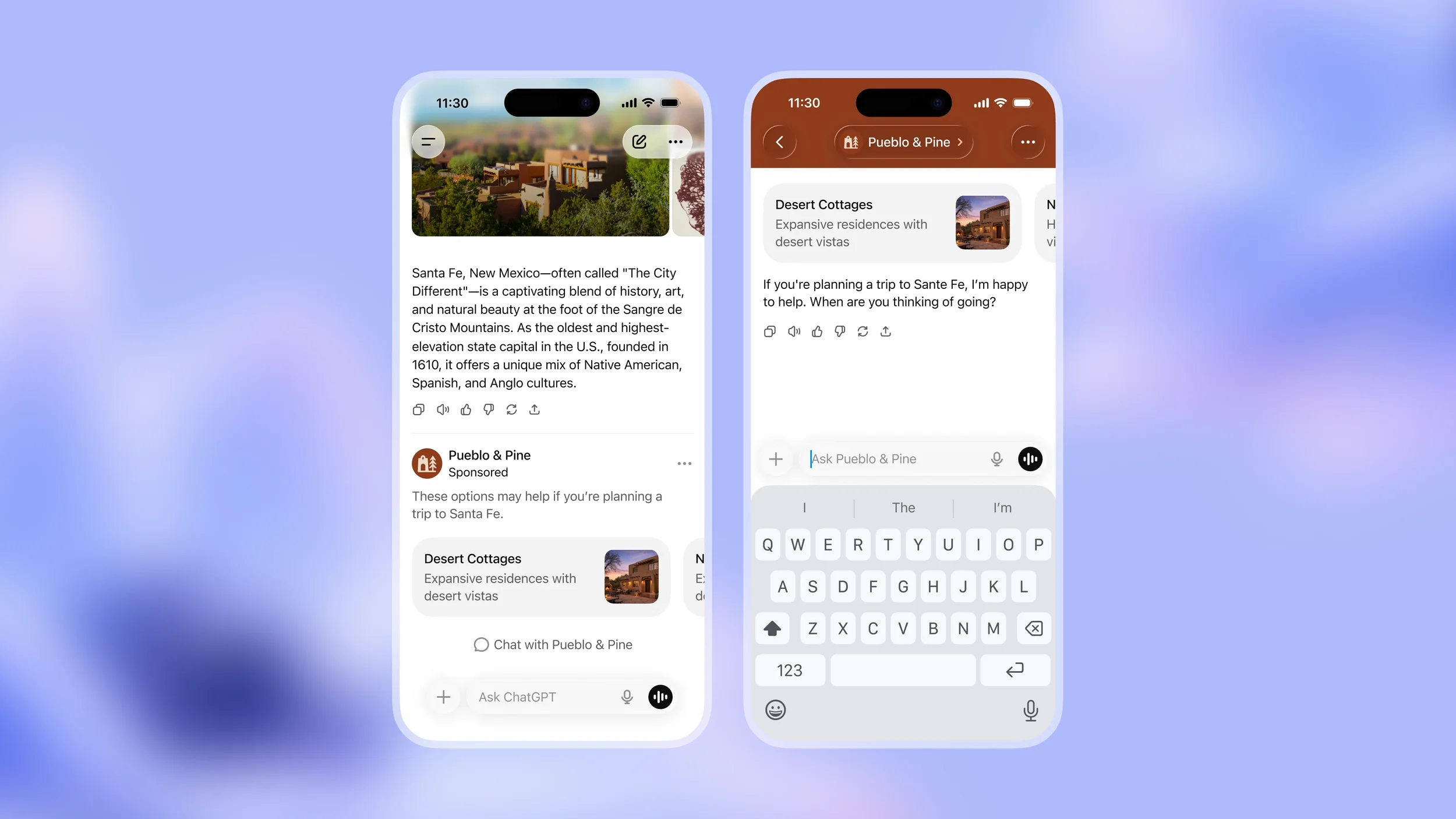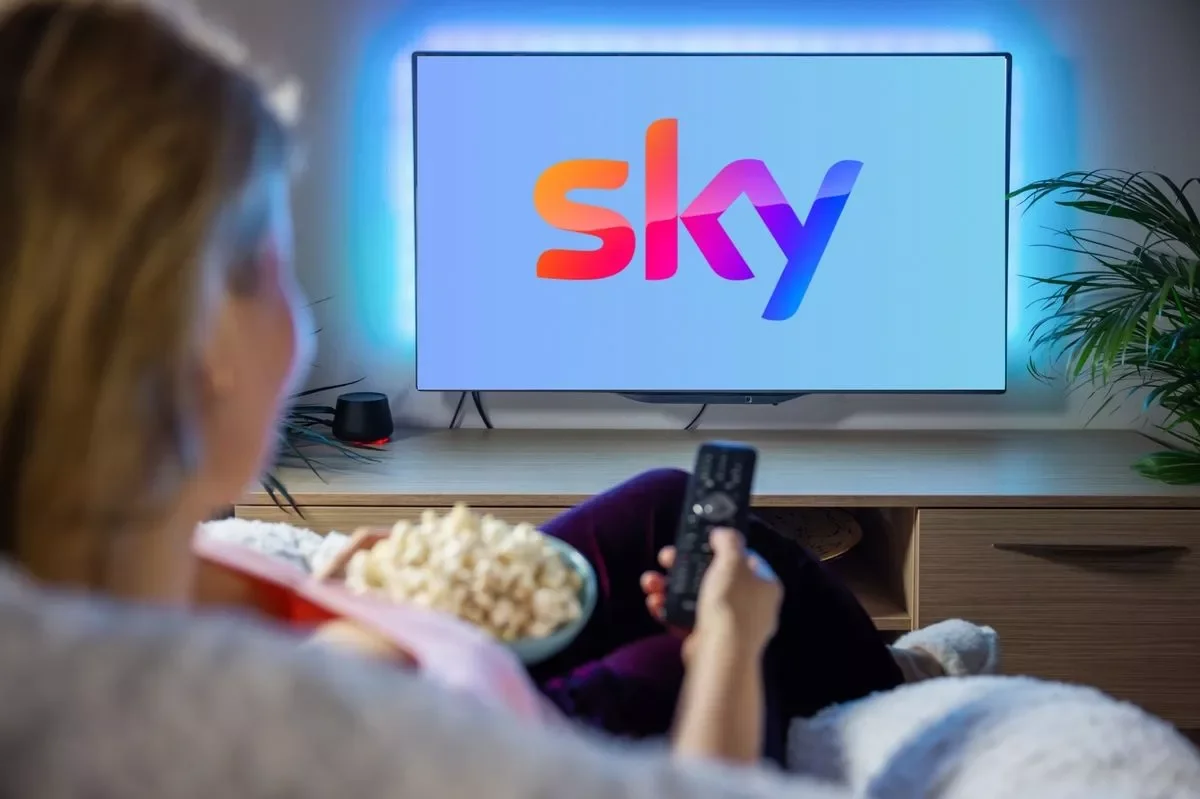Pride Month advertising in retrospect - how can brands get it right? 🤔
Key Takeaways
Avoid tokenism and stereotypes – Inclusivity fails when it reduces LGBTQ identities to clichés or superficial gestures, undermining the very communities brands aim to support.
Go beyond rainbow washing – Changing a logo in June without meaningful action is performative. Consumers demand authenticity, transparency and accountability year-round.
Commit consistently – True inclusivity means embedding diversity in campaigns and company values all year, not just during Pride Month, ensuring representation feels genuine and lasting.
With more and more brands adopting inclusivity into their marketing, it can be easy to see gender or sexual-orientation related bias as a thing of the past. And yet, in 2020, the Geena Davis Institute on Gender in Media conducted a study into the characters in ads shown during the annual Cannes Lions festival. The study showed that only 1.8% of characters were LGBTQ – 1% less than the previous year.
With these statistics in mind, many advertisers and brands sought to prioritise showing support for the LGBTQ community during Pride Month 2021. While showing support for the LGBTQ community may seem like a positive endeavour, many brands suffered due to insensitive or thoughtless campaigns. In this article, we’ll discuss how brands can learn from the successes and failures of campaigns made for Pride Month 2021, to create jaw-dropping & inclusive marketing campaigns for the future.
When Pride Month advertising goes sour
Hold on… Isn’t inclusivity a good thing? Absolutely! But it has to be done the right way. Here are some things to avoid when incorporating inclusivity into your campaigns:
1. Stereotyping
According to a recent study commissioned by Unilever, almost half of those in marginalised communities (including the LGBTQ community) feel that they have been stereotyped through advertising, while 71% worry about the impact of advertising on young people and marginalised communities.
While mostly done on accident, stereotypes are certainly something to avoid when creating inclusive campaigns.
2. Rainbow washing
“Rainbow washing” is a term used to describe the performative actions of many brands during Pride Month. When companies change their logo on social media to a rainbow version during Pride Month but do little to nothing else to support LGBTQ rights, this is seen as “rainbow washing”.
One 2021 study revealed that between 25 of the major corporations that implemented rainbows into their advertising during Pride Month, over $10 million were donated to support anti-LGBTQ members of Congress since 2019, and hundreds of thousands more donated to anti-LGBTQ legislators within the same period.
At its best, “rainbow washing” can be seen as ignorant. At its worst, when companies are actively supporting anti-LGBTQ legislation and/or organisations, “rainbow washing” is seen as duplicitous and harmful.
What advertisers can learn from this
1. Not just for June
Rather than being bombarded with rainbow logos during June of each year, what will stand out more to consumers is a more consistent approach to diversity in advertising.
By showing inclusivity in campaigns throughout the year, brands will show customers that they welcome consumers from all walks of life, without coming across as virtue signalling.
2. Actions speak louder than words
When brands mask themselves as being supportive of gay and trans-rights, while actively funding anti-LGBTQ legislation behind the scenes, consumers rightly feel cheated.
As David Ogilvy famously said, “The consumer isn’t a moron. She is your wife.”
So, remember: what matters to consumers is honesty and respect.
If inclusivity means perpetuating stereotypes or brands virtue signalling (“rainbow washing”, for example), then consumers aren’t interested. To adopt inclusivity properly into their campaigns, brands should make sure that they are being both consistent and genuine in their approach.
Just as Tarana Burke, founder of the ‘Me too’ movement says: “This is a moment for the industry to show it listens to marginalised voices. Under-represented people need to not just feel included but be included.”
To learn more about Pride Month Advertising, get in contact today.











